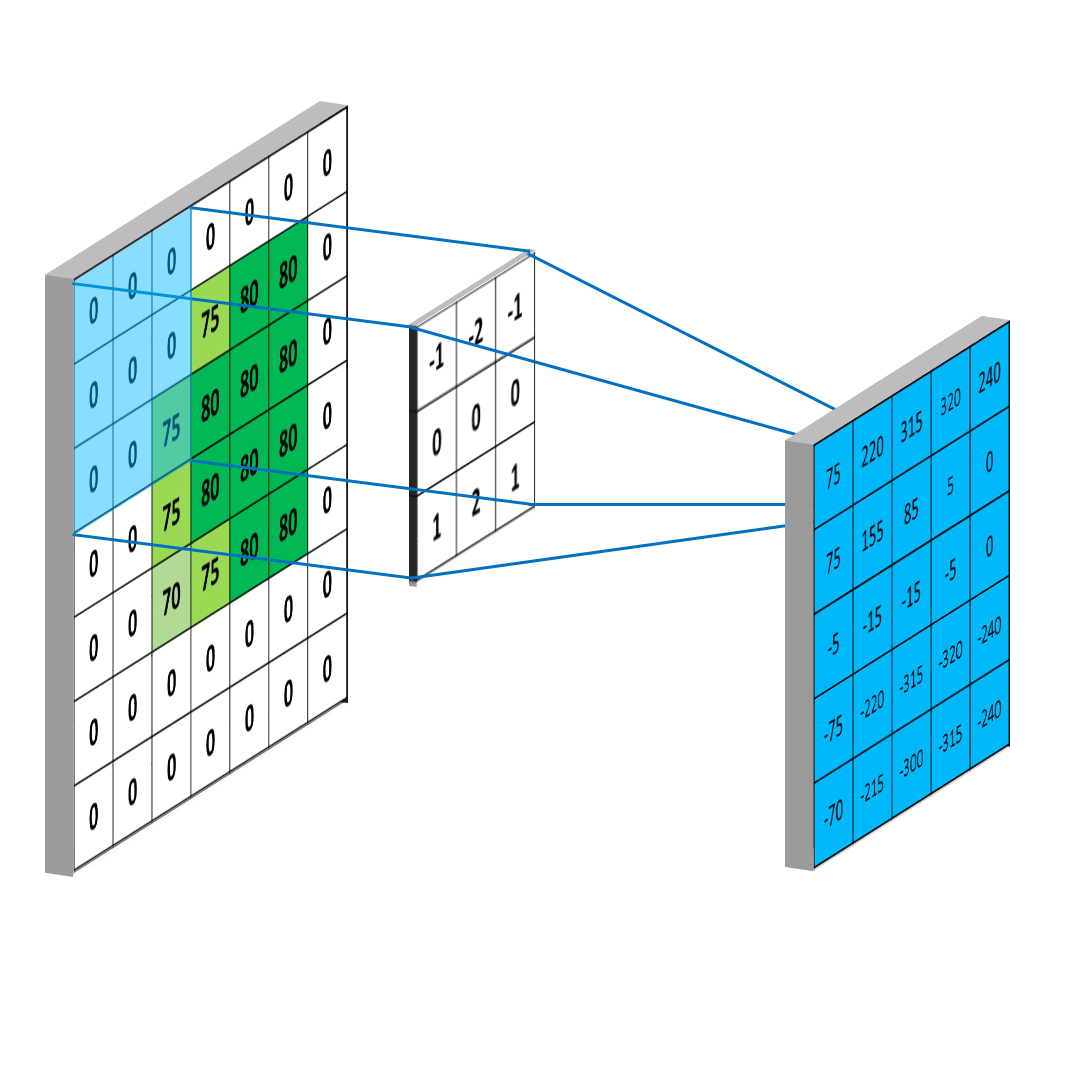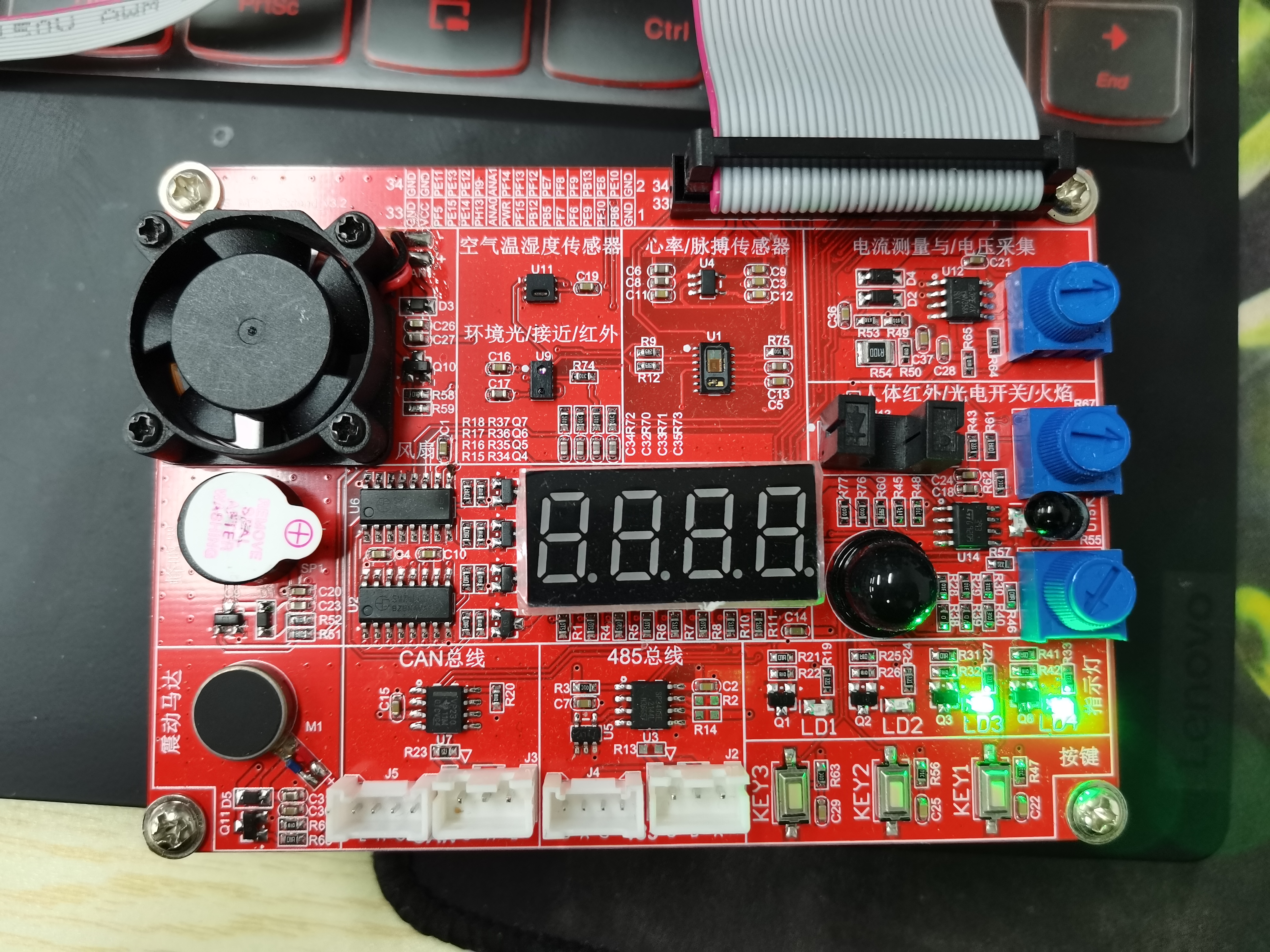自定义布局
当Java UI框架提供的布局无法满足需求时,可以创建自定义布局,根据需求自定义布局规则
常用接口
Component类相关接口
| 接口名称 | 作用 |
|---|---|
| setEstimateSizeListener | 设置测量组件的侦听器 |
| setEstimatedSize | 设置测量的宽度和高度 |
| onEstimateSize | 测量组件的大小以确定宽度和高度。 |
| EstimateSpec.getChildSizeWithMode | 基于指定的大小和模式为子组件创建度量规范。 |
| EstimateSpec.getSize | 从提供的度量规范中提取大小。 |
| EstimateSpec.getMode | 获取该组件的显示模式。 |
| arrange | 相对于容器组件设置组件的位置和大小 |
ComponentContainer类相关接口
接口名称
作用
setArrangeListener
设置容器组件布局子组件的侦听器
onArrange
通知容器组件在布局时设置子组件的位置和大小
如何实现自定义布局
使用自定义布局,实现子组件自动换行功能。
自定义布局的使用效果

1. 创建自定义布局的类,并继承ComponentContainer,添加构造方法。
public class CustomLayout extends ComponentContainer {public CustomLayout(Context context) {this(context, null);}//如需支持xml创建自定义布局,必须添加该构造方法public CustomLayout(Context context, AttrSet attrSet) {super(context, attrSet);}
}2. 实现ComponentContainer.EstimateSizeListener接口,在onEstimateSize方法中进行测量。
public class CustomLayout extends ComponentContainerimplements ComponentContainer.EstimateSizeListener {...public CustomLayout(Context context, AttrSet attrSet) {...setEstimateSizeListener(this);}@Overridepublic boolean onEstimateSize(int widthEstimatedConfig, int heightEstimatedConfig) {invalidateValues();//通知子组件进行测量measureChildren(widthEstimatedConfig, heightEstimatedConfig);//关联子组件的索引与其布局数据for (int idx = 0; idx < getChildCount(); idx++) {Component childView = getComponentAt(idx);addChild(childView, idx, EstimateSpec.getSize(widthEstimatedConfig));}//测量自身measureSelf(widthEstimatedConfig, heightEstimatedConfig);return true;}private void measureChildren(int widthEstimatedConfig, int heightEstimatedConfig) {for (int idx = 0; idx < getChildCount(); idx++) {Component childView = getComponentAt(idx);if (childView != null) {LayoutConfig lc = childView.getLayoutConfig();int childWidthMeasureSpec;int childHeightMeasureSpec;if (lc.width == LayoutConfig.MATCH_CONTENT) {childWidthMeasureSpec = EstimateSpec.getSizeWithMode(lc.width, EstimateSpec.NOT_EXCEED);} else if (lc.width == LayoutConfig.MATCH_PARENT) {int parentWidth = EstimateSpec.getSize(widthEstimatedConfig);int childWidth = parentWidth - childView.getMarginLeft() - childView.getMarginRight();childWidthMeasureSpec = EstimateSpec.getSizeWithMode(childWidth, EstimateSpec.PRECISE);} else {childWidthMeasureSpec = EstimateSpec.getSizeWithMode(lc.width, EstimateSpec.PRECISE);}if (lc.height == LayoutConfig.MATCH_CONTENT) {childHeightMeasureSpec = EstimateSpec.getSizeWithMode(lc.height, EstimateSpec.NOT_EXCEED);} else if (lc.height == LayoutConfig.MATCH_PARENT) {int parentHeight = EstimateSpec.getSize(heightEstimatedConfig);int childHeight = parentHeight - childView.getMarginTop() - childView.getMarginBottom();childHeightMeasureSpec = EstimateSpec.getSizeWithMode(childHeight, EstimateSpec.PRECISE);} else {childHeightMeasureSpec = EstimateSpec.getSizeWithMode(lc.height, EstimateSpec.PRECISE);}childView.estimateSize(childWidthMeasureSpec, childHeightMeasureSpec);}}}private void measureSelf(int widthEstimatedConfig, int heightEstimatedConfig) {int widthSpce = EstimateSpec.getMode(widthEstimatedConfig);int heightSpce = EstimateSpec.getMode(heightEstimatedConfig);int widthConfig = 0;switch (widthSpce) {case EstimateSpec.UNCONSTRAINT:case EstimateSpec.PRECISE:int width = EstimateSpec.getSize(widthEstimatedConfig);widthConfig = EstimateSpec.getSizeWithMode(width, EstimateSpec.PRECISE);break;case EstimateSpec.NOT_EXCEED:widthConfig = EstimateSpec.getSizeWithMode(maxWidth, EstimateSpec.PRECISE);break;default:break;}int heightConfig = 0;switch (heightSpce) {case EstimateSpec.UNCONSTRAINT:case EstimateSpec.PRECISE:int height = EstimateSpec.getSize(heightEstimatedConfig);heightConfig = EstimateSpec.getSizeWithMode(height, EstimateSpec.PRECISE);break;case EstimateSpec.NOT_EXCEED:heightConfig = EstimateSpec.getSizeWithMode(maxHeight, EstimateSpec.PRECISE);break;default:break;}setEstimatedSize(widthConfig, heightConfig);}
}注意:
- 容器类组件在自定义测量过程不仅要测量自身,也要递归的通知各子组件进行测量。
- 测量出的大小需通过setEstimatedSize通知组件,并且必须返回true使测量值生效。
3. 测量时,需要确定每个子组件大小和位置的数据,并保存这些数据。
private int xx = 0;private int yy = 0;private int maxWidth = 0;private int maxHeight = 0;private int lastHeight = 0;// 子组件索引与其布局数据的集合private final Map<Integer, Layout> axis = new HashMap<>();private static class Layout {int positionX = 0;int positionY = 0;int width = 0;int height = 0;}...private void invalidateValues() {xx = 0;yy = 0;maxWidth = 0;maxHeight = 0;axis.clear();}private void addChild(Component component, int id, int layoutWidth) {Layout layout = new Layout();layout.positionX = xx + component.getMarginLeft();layout.positionY = yy + component.getMarginTop();layout.width = component.getEstimatedWidth();layout.height = component.getEstimatedHeight();if ((xx + layout.width) > layoutWidth) {xx = 0;yy += lastHeight;lastHeight = 0;layout.positionX = xx + component.getMarginLeft();layout.positionY = yy + component.getMarginTop();}axis.put(id, layout);lastHeight = Math.max(lastHeight, layout.height + component.getMarginBottom());xx += layout.width + component.getMarginRight();maxWidth = Math.max(maxWidth, layout.positionX + layout.width + component.getMarginRight());maxHeight = Math.max(maxHeight, layout.positionY + layout.height + component.getMarginBottom());}4. 实现ComponentContainer.ArrangeListener接口,在onArrange方法中排列子组件。
public class CustomLayout extends ComponentContainerimplements ComponentContainer.EstimateSizeListener,ComponentContainer.ArrangeListener {...public CustomLayout(Context context
, AttrSet attrSet
) {...setArrangeListener(this);}@Overridepublic boolean onArrange(int left, int top, int width, int height) {// 对各个子组件进行布局for (int idx = 0; idx < getChildCount(); idx++) {Component childView = getComponentAt(idx);Layout layout = axis.get(idx);if (layout != null) {childView.arrange(layout.positionX, layout.positionY, layout.width, layout.height);}}return true;}
}5. 在xml文件中创建此布局,并添加若干子组件。
<?xml version="1.0" encoding="utf-8"?>
<DirectionalLayoutxmlns:ohos="http://schemas.huawei.com/res/ohos"ohos:height="match_parent"ohos:width="match_parent"ohos:orientation="vertical"><!--请根据实际包名与文件路径引入--><com.huawei.harmonyosdemo.custom.CustomLayoutohos:height="match_content"ohos:width="match_parent"ohos:background_element="#555555"><Textohos:height="200"ohos:width="match_parent"ohos:background_element="#727272"ohos:margin="10"ohos:text="match_parent * 200"ohos:text_alignment="center"ohos:text_color="white"ohos:text_size="40"/><Textohos:height="100"ohos:width="300"ohos:background_element="#727272"ohos:margin="10"ohos:text="item2"ohos:text_alignment="center"ohos:text_color="white"ohos:text_size="40"/><Textohos:height="100"ohos:width="300"ohos:background_element="#727272"ohos:margin="10"ohos:text="item3"ohos:text_alignment="center"ohos:text_color="white"ohos:text_size="40"/><Textohos:height="100"ohos:width="300"ohos:background_element="#727272"ohos:margin="10"ohos:text="item4"ohos:text_alignment="center"ohos:text_color="white"ohos:text_size="40"/><Textohos:height="100"ohos:width="500"ohos:background_element="#727272"ohos:margin="10"ohos:text="500 * 100"ohos:text_alignment="center"ohos:text_color="white"ohos:text_size="40"/><Textohos:height="100"ohos:width="300"ohos:background_element="#727272"ohos:margin="10"ohos:text="item6"ohos:text_alignment="center"ohos:text_color="white"ohos:text_size="40"/><Textohos:height="600"ohos:width="600"ohos:background_element="#727272"ohos:margin="10"ohos:text="600 * 600"ohos:text_alignment="center"ohos:text_color="white"ohos:text_size="40"/><Textohos:height="100"ohos:width="300"ohos:background_element="#727272"ohos:margin="10"ohos:text="item8"ohos:text_alignment="center"ohos:text_color="white"ohos:text_size="40"/></com.huawei.harmonyosdemo.custom.CustomLayout>
</DirectionalLayout>





